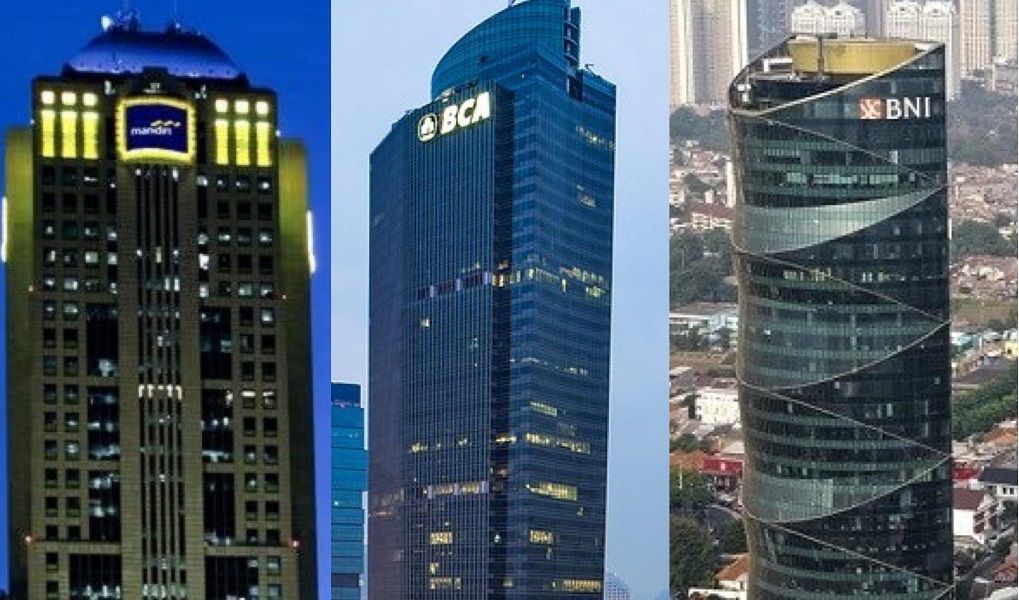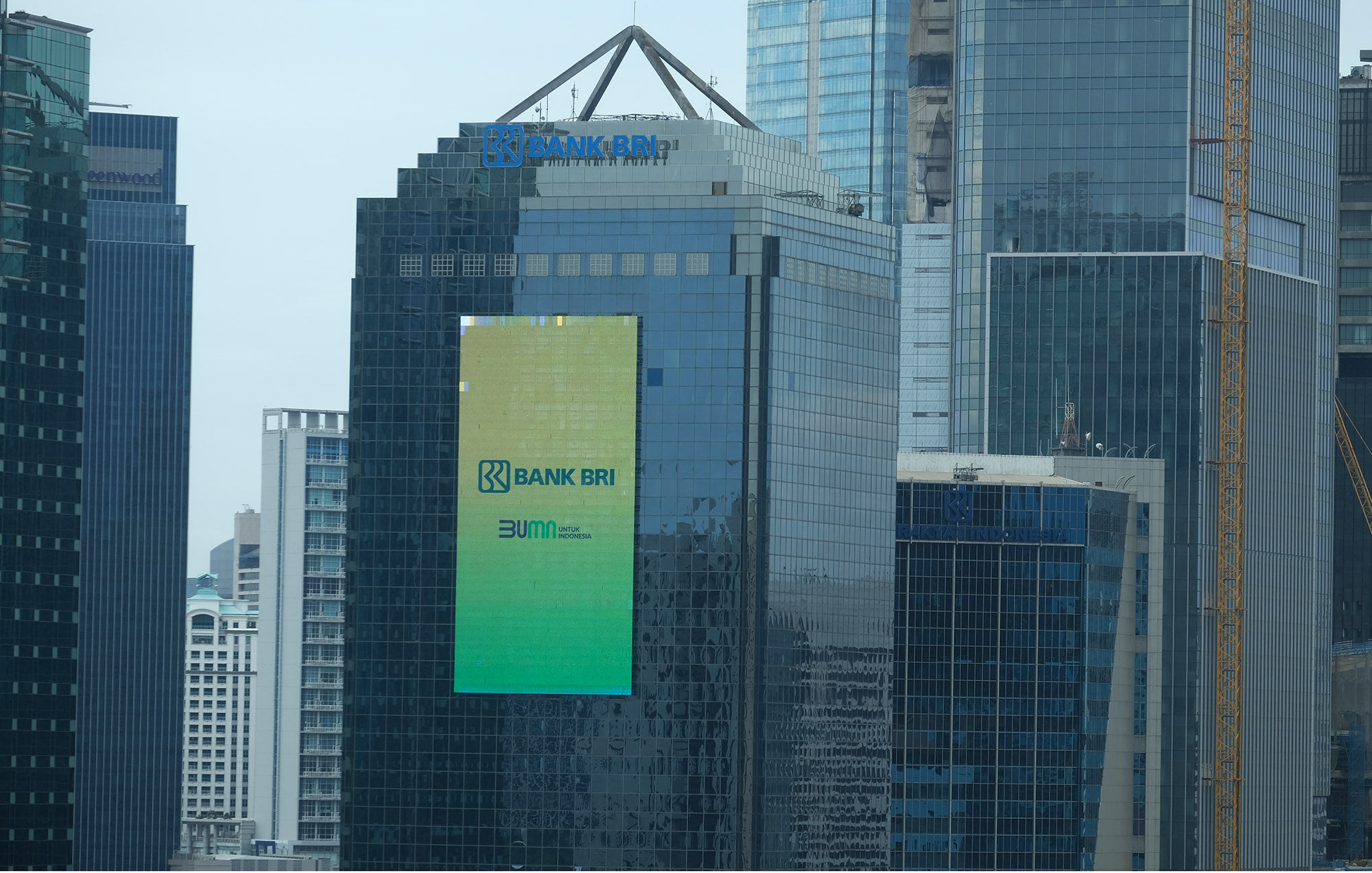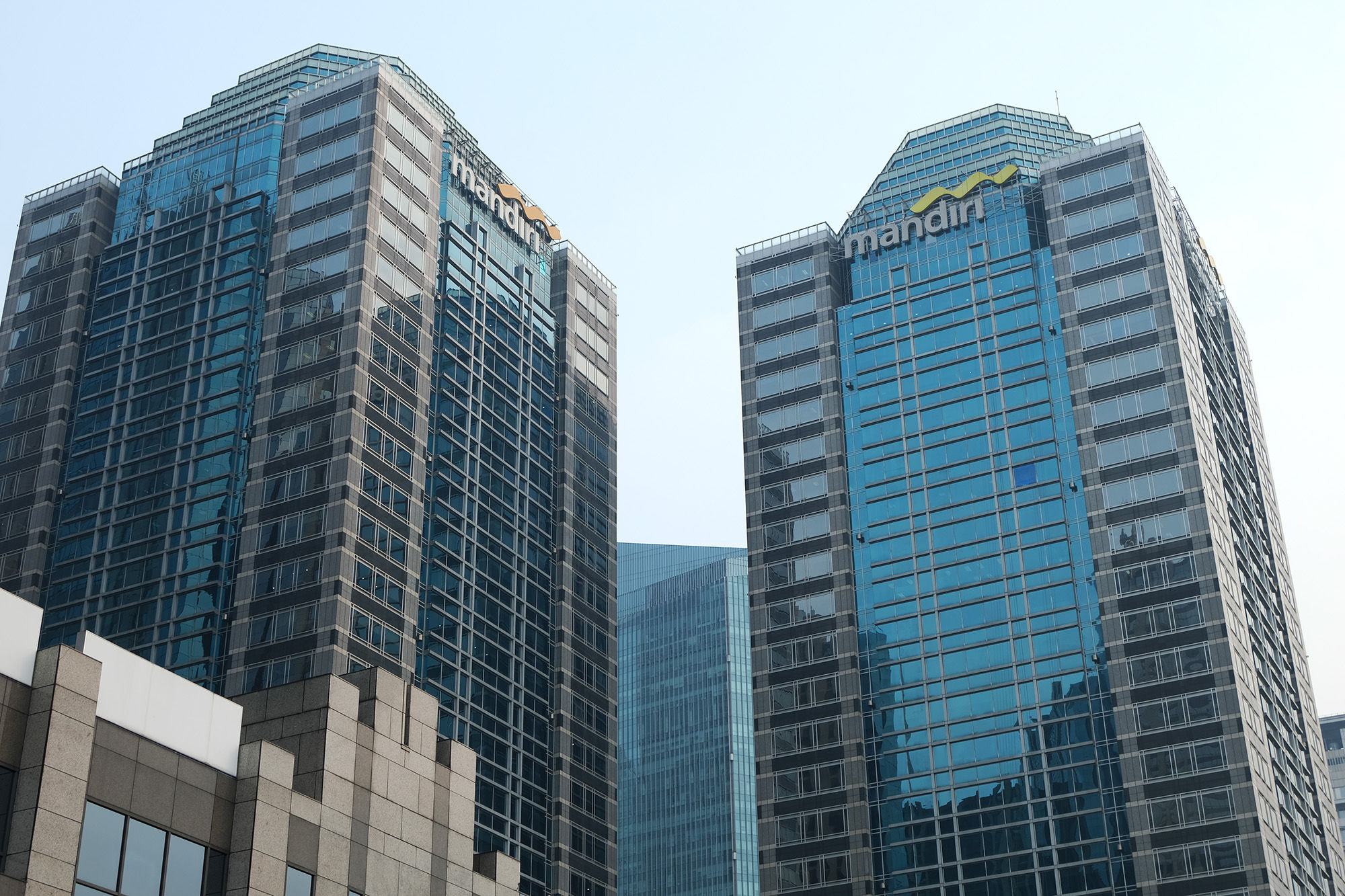
Profit Arises, Indonesian Banks Interest Margin Soars
- JAKARTA – The banking industry is increasingly aggressive in extracting interest income. This is reflected in the net interest margin (NIM) of a number of banks
Insight Langit Biru
JAKARTA – The banking industry is increasingly aggressive in extracting interest income. This is reflected in the net interest margin (NIM) of a number of banks in Indonesia which has soared in the first semester of 2021.
PT Bank Rakyat Indonesia (Persero) Tbk (BBRI) is one of the banking players with the most striking NIM. The NIM or net interest margin at this state-owned bank touched 7% in the first half of this year.
BRI Corporate Secretary, Aestika Oryza Gunarto, said the company's NIM value was obtained due to a more efficient cost of funds.
- Anak Buah Sri Mulyani Ditunjuk Jadi Komisaris Independen Bank Danamon
- Gaji dan Tunjangan Karyawan Naik, Akulaku Tetap Tumbuhkan Laba Bersih 59,89 Persen Jadi Rp9,29 Miliar pada 2020
- Tak Cuma K-Pop dan Drakor, Perusahaan Keuangan Korea Juga Serbu Indonesia
"Until the end of June 2021, on a consolidated basis, BRI credit grew 0.7 percent positively, while BRI's COF in June 2021 was recorded at 2.18 percent or lower than BRI's COF in June 2020 of 3.54 percent," Aestika explained to Trenasia.com, Wednesday, August 25, 2021.
Despite having a high net interest margin, BRI's credit performance was still able to grow positively in the first semester of 2021. On a bank only basis, BRI recorded credit disbursement of up to Rp929.40 trillion.
In maintaining NIM as well as COF, BRI seems to still rely on the low-cost credit segment. This is because low-cost funds or CASA dominate 59.56% of BRI's credit structure.
This figure increased from the first semester of 2020 which was only 55.81%. This increase in the CASA structure caused BRI to experience a decrease in COF to 2.18% in semester I-2021.
Although still fixing the restructuring process, BRI maintains the ratio of non-performing loans (NPL) at 3.3%. Aestika said that BRI's strategy to be selective with prospective debtors allowed NPL performance to remain stable.
"Several strategies have been carried out by BRI, namely channeling loans selectively and actively restructuring loans affected by COVID-19. Until the end of June 2021, it was recorded that credit restructuring affected by COVID-19 at BRI had reached Rp175.2 trillion, or decreased by Rp56.53 trillion," said Aestika.
Aestika said the company has taken preventive steps towards the condition of its assets by strengthening NPL coverage. At the end of June 2021, BRI's NPL Coverage was again the flashiest, at 254.84%.
Only PT Bank Central Asia Tbk (BBCA) is close to BRI's NPL Coverage. The largest private bank recorded an NPL Coverage of 236% in the first semester of 2021.
“This provision is allocated taking into account the current condition of BRI's restructuring. Because we are still facing restructuring," said Aestika.
- Anak Buah Sri Mulyani Ditunjuk Jadi Komisaris Independen Bank Danamon
- Gaji dan Tunjangan Karyawan Naik, Akulaku Tetap Tumbuhkan Laba Bersih 59,89 Persen Jadi Rp9,29 Miliar pada 2020
- Tak Cuma K-Pop dan Drakor, Perusahaan Keuangan Korea Juga Serbu Indonesia
An increase in NIM was also found at PT Bank Mandiri (Persero) Tbk (BMRI). As of semester I-2021, Bank Mandiri's NIM is stable at the level of 5%.
This figure is in line with Bank Mandiri's guidelines, which set the NIM at the level of 4.9%-5.1% this year. Apparently, not all banks have had the good fortune of increasing their NIM.
PT Bank OCBC NISP Tbk (NISP) experienced a decline in NIM from 4% to 3.9% in semester I-2021. In the same period, NIM BCA and PT Bank Danamon Indonesia Tbk (BDMN) decreased to 5.3% and 7.5%, respectively.
The stability of the NIM at Bank Mandiri has made the company optimistic that it will boost credit growth this year. With significant credit growth, the potential for net interest income can be further optimized by the bank with the yellow ribbon logo. In fact, Bank Mandiri dared to set a credit growth target of up to double digits.
"Looking at these conditions, we project that credit on a consolidated basis will still be able to grow according to the target at the beginning of the year at 11-13 percent and only 6-7 percent on a bank basis," explained Bank Mandiri Corporate Secretary, Rudi Asaturridha, when contacted on Wednesday, August 25, 2021.
The state-owned issuer codenamed BMRI achieved an impressive performance in the first half of 2021. On a consolidated basis, Bank Mandiri's lending grew 16.4% yoy to Rp1,014.3 trillion.
The wholesale banking segment is still the prima donna at Bank Mandiri by recording the realization of loan disbursement of Rp534.2 trillion or 52.6% of total loans. Meanwhile, the distribution of the Micro, Small and Medium Enterprises (MSME) loan segment grew aggressively 20.01% yoy to Rp98.3 trillion.
On a bank only basis, Bank Mandiri posted credit disbursement of Rp997.78 trillion or grew 13.97% year to date (ytd). In maintaining profitability, Bank Mandiri tries to maneuver by boosting revenue from the fee-based income niche.
"We also encourage the growth of fee-based income, especially from transactional fee-based sources," said Rudi.
Based on the company's financial report, Bank Mandiri's operating income was able to grow 5.1% yoy to Rp13.43 trillion from Rp12.77 trillion previously.
Of that value, income from fees and commissions contributed 58% or equivalent to Rp7.50 trillion. Revenue in the e-channel transaction segment recorded the most aggressive growth, from Rp1.2 trillion in the first semester of 2020 to Rp1.45 trillion in the first semester of 2021.
Just like BRI, Bank Mandiri also still has a credit restructuring burden of Rp96 trillion at the end of June 2021. This value has decreased compared to the total approval of Rp126.5 trillion to 548,000 debtors.
Meanwhile, Bank Mandiri's gross NPL was at 3.08% in the first semester of 2021, down 21 basis points (bps) compared to the same period the previous year. Despite the restructuring, the quality of credit maintained at jumbo banks is still under control thanks to policy intervention from the government.
Extended Credit Restructuring

Coordinator for Economic Affairs, Airlangga Hartarto, said he would extend credit restructuring until March 31, 2023. All have supported the Financial Services Authority (OJK) to issue a new policy on restructuring.
Previously, OJK provided a restructuring tax stimulus until March 31, 2022. This provision is contained in OJK Regulation (POJK) number 48 of 2020 which is a revision of POJK number 11 of 2020 concerning National Economic Stimulus.
Airlangga reasoned that the extension of the restructuring was aimed at preventing banks from having to boost the Capital Adequacy Ratio (CAR).
"We have asked for an extension to 2023 so that banking requirements do not need to be added for CAR protection," Airlangga explained at the National Coordination Meeting of the Indonesian Employers' Association (Apindo), Tuesday, August 24, 2021.
OJK reported that banking CAR in June 2021 was still at the level of 24.33%. Furthermore, Airlangga prioritizes debtors who are export-oriented business actors to be prioritized for restructuring.
"If the orientation is export, it will certainly be given priority, and the government has given guarantees to banks to restructure credit," said Airlangga.
NIM Rises, Will the Performance be Great?

Despite being under restructuring, PT Bank Permata Tbk (BNLI) Economist, Josua Pardede, said that banking companies' revenues could still grow this year. Of course, this increase in income was supported by the ability of banking NIMs to climb this year.
"The increase in NIM from banks is related to the start of credit growth in 2021. It can be seen that year-to-date, credit growth was able to reach 1.82 percent ytd in semester 1, this will continue," explained Josua.
However, the rate of credit growth will be slightly stifled in the third quarter of 2021 due to the implementation of Level 4 Community Activities Restrictions (PPKM). "After the emergency PPKM is revoked, credit growth is projected to increase again in tandem with economic activity," explained Josua.
- Anak Buah Sri Mulyani Ditunjuk Jadi Komisaris Independen Bank Danamon
- Gaji dan Tunjangan Karyawan Naik, Akulaku Tetap Tumbuhkan Laba Bersih 59,89 Persen Jadi Rp9,29 Miliar pada 2020
- Tak Cuma K-Pop dan Drakor, Perusahaan Keuangan Korea Juga Serbu Indonesia
Even though PPKM has been confronting for more than a month, Josua is still optimistic that credit growth can reach 5%-6% this year.
“We estimate that credit growth by the end of the year will be able to grow in the range of 5-6 percent. The increased credit growth will directly have an impact on increasing the net interest margin of the banking sector in general," explained Josua.
He assessed that the exceptional performance of the banking system had already been seen from the realization in the first semester of 2021. A number of large banks did record an increase in net profit.
State-owned banks such as BRI achieved a net profit of Rp12.54 trillion or grew 22.9% yoy. Then, followed by Bank Mandiri which posted a 21.5% increase in net profit to Rp12.50 trillion. Meanwhile, PT Bank Negara Indonesia (Persero) Tbk (BBNI) achieved a net profit of Rp5.02 trillion (up 12.8%) and PT Bank Tabungan Negara (Persero) Tbk (BBTN) of Rp920 billion (up 19.87%).
The harvest of profit growth to double digits was also experienced by private banks. CIMB Niaga recorded a net profit growth of 22.22% yoy, followed by Bank Danamon 18%, PT Bank BTPN Tbk (BTPN) 47%, to BCA 18.1%.
Author: Muhamad Arfan Septiawan
Editor: Sukirno
